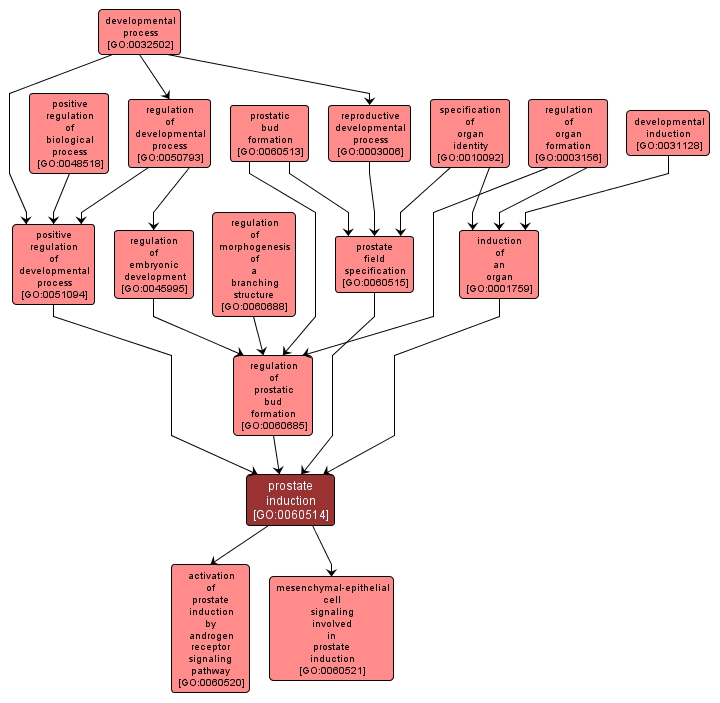GO TERM SUMMARY
|
| Name: |
prostate induction |
| Acc: |
GO:0060514 |
| Aspect: |
Biological Process |
| Desc: |
The close range interaction of the urogenital sinus mesenchyme and the urogenital sinus epithelium that causes the cells of the urogenital sinus epithelium to change their fates and specify the development of the prostate gland. |
|

|
INTERACTIVE GO GRAPH
|














